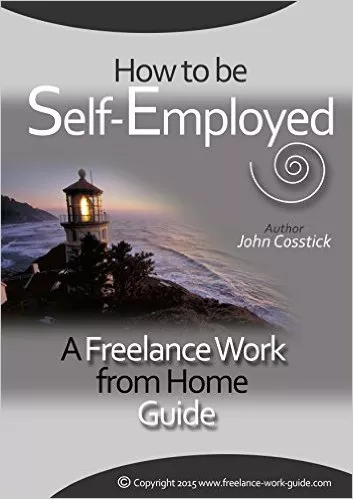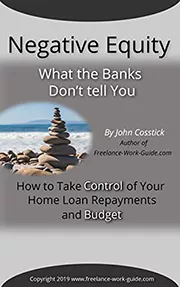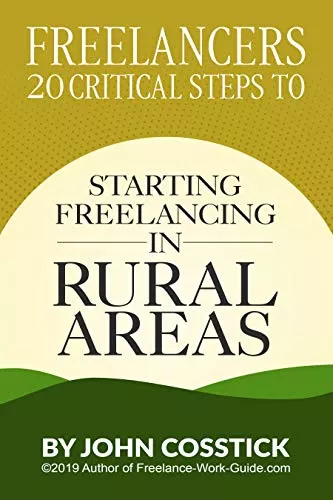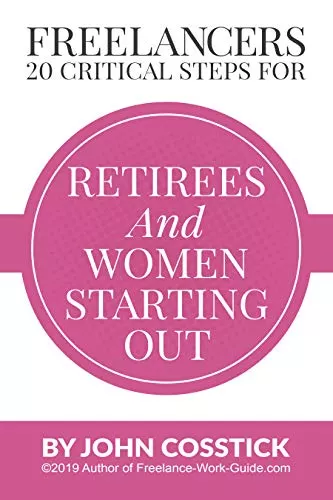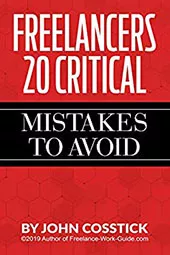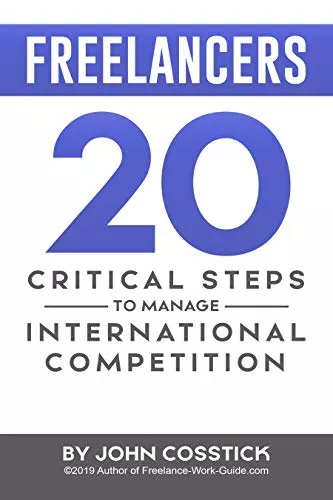You’ve probably heard of a social media news release, if you’ve been around the internet and the media in combination for any time.
In fact, it’s not so new, since the concept has been around for several years, beginning with the publication of “Die Press Release, Die Die Die” by Tom Foremski in 2006.
In today’s fast-changing world of online interaction, that’s a significant length of time.

If you haven’t already caught on to this idea, you may be behind schedule – but it’s not too late to get the benefits.
If you would like to get a copy of The New Rules of Marketing & PR by David Scott click on this link:
Structure
A social media news release takes the same information as a traditional press release and breaks it down into small, easy-to-use chunks. The basic format, if you look at some of the earliest of these, is a group of bulleted lists.
First, list core news facts – the “meaty” information, in compact sentences. Next, list important people or other very basic information (these would probably be a list anyway).
Then, include as many quotes as possible from supporters, opponents, group members, customers, etc. Have some multimedia elements, such as short videos. Link and tag to related sites.
Finally, put in important contact information for your PR people and have a boilerplate describing your company or group.
Uses
If you can picture what was just described above, you might easily see how it can be used. A journalist can take the information in the social media news release and write his own article from it without sifting through someone else’s interpretation.
It presents just the hard facts and lets the journalist make his own connections. You might liken it to the note cards you had to write before drafting your high school research paper – one little blip of information on each one, and then you had to put them together and make your paper “flow.”
Benefits
The benefits that are lauded for the social media news release have a common theme – content, content, content. This format forces the releaser to get down to the bare bones of his message.
It excludes fluff and gets the facts laid out plainly. Then the information relevant to a particular audience can be pulled out of the list and posted where the audience will see it, such as in a Twitter or blog post. It’s news for today’s world.
Then again, news was always about giving people content, so maybe it’s not such a novel idea, after all.




